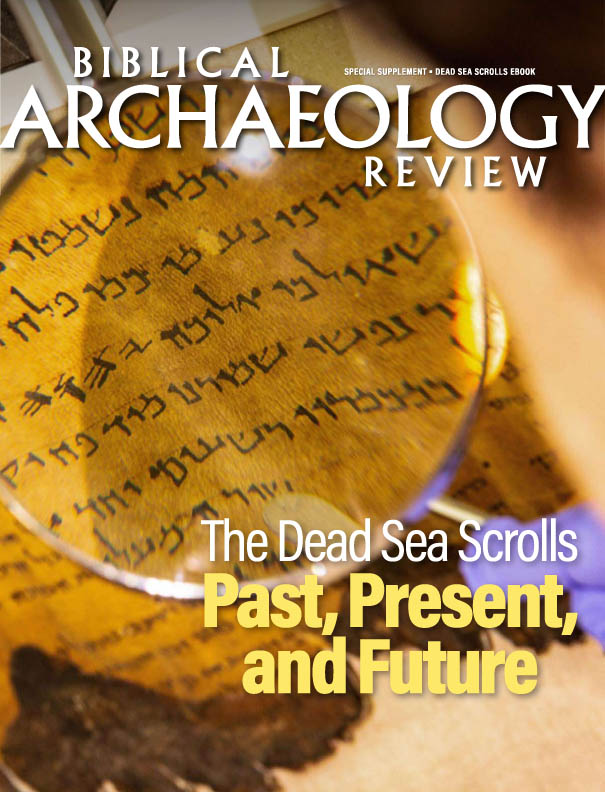From my seat on the airplane, I looked down on the lights below shining against the darkened countryside, like gems on black velvet. As the lights came closer and closer into view, I braced for the moment of landing. I had arrived in Jordan.
As I embarked on my summer archaeological journey, I did not know what awaited me. While I had hoped the field school would be a fulfilling academic experience, I had not anticipated how transformative it would be for both my character and aspirations.

My field school was at Khirbat al-Balu’a, a site rich in Iron Age Moabite material culture as well as later Islamic period occupation. Every day our team commuted from the edge of the imposing city of Kerak. Once a medieval fortress, known for its castle built by Christians during the Crusades, the city has expanded to include a much larger area. It is there that we made our home at the Mujeb Hotel. I was appreciative of the hospitality I received from everyone I met. From the hotel manager sharing family photos with me over Jordanian coffee, to our bus driver who took to me as he would a son, always checking to make sure my collar sat right and my shirt was tucked in by the end of a day of work. I was always welcomed.
On the face of it, waking up before dawn to kneel on basalt rocks while the sun beats down with intense heat may not sound like the most relaxing way to spend a summer, but what it provided was a welcome release from the monotony of life back at college. Every day there was progress to be made, to uncover more about the people we were studying. Whether that meant dutiful pick-work through tumbled boulders or careful brushing of a plaster surface, it was a delight to be accomplishing something so original that was both physically and mentally engaging. With the right hat (mine all but stayed glued to my head), the right attitude, and a healthy serving of watermelon and falafel, dig life can be extraordinary.
My weekends were occupied by trips all over Jordan. To the south, I visited the ever-important site of Petra, where my pants were stained pink by a good day of hiking through the site’s red sandstone mountains. To the north, I felt my ears pop as I descended to the Dead Sea, the lowest spot on Earth, and even went for a swim (or rather, float) in its buoyant, mineral-filled water. I also took a trip to Bethany Beyond the Jordan, a site recognized by the Byzantines and many modern Christians as the baptismal site of Jesus. I appreciated it mainly as a site of recognition and pilgrimage. The history of how people create meaning in the spaces they occupy and visit has been of great interest to me in my study of archaeology.
Additionally, my travels outside of Kerak brought me a new understanding of architectural preservation and context. Architecture is one of the most important physical reminders of the human past. Some of the structures I saw showed the complex histories of appropriation and recontextualization that is typical for this form of material culture, namely what remained of Qasr al-Mushatta as well as the recently reconstructed Qasr al-Hallabat. The former no longer has its decorated facades, as they were taken to the Pergamon Museum in Berlin, while the latter featured pieces of inscribed basalt that were reused from an earlier Byzantine monument. The work done to preserve the buildings relied on the concerted efforts and specialized knowledge of many archaeologists and engineers. As someone who is also engaged in work towards urban studies and architectural design, it was important to see that I could combine those disciplines in future work.
The Biblical Archaeology Society offers dig scholarships of $2,000 each to people who wish to participate in a dig and demonstrate sufficient need. Click the link below to fill in the online application. Apply for a BAS Dig Scholarship Now!
 Sully Sullivan is a student in Classical and Near Eastern Archaeology and The Growth and Structure of Cities at Bryn Mawr College. His research interests include urbanism, gender, and landscape among other topics in the ancient Near East. In 2022, he worked at the site of Khirbat Al-Balu’a with the Balu’a Regional Archaeological Project (BRAP).
Sully Sullivan is a student in Classical and Near Eastern Archaeology and The Growth and Structure of Cities at Bryn Mawr College. His research interests include urbanism, gender, and landscape among other topics in the ancient Near East. In 2022, he worked at the site of Khirbat Al-Balu’a with the Balu’a Regional Archaeological Project (BRAP).
Read more in Bible History Daily:
All-Access members, read more in the BAS Library:
Ammon, Moab and Edom: Gods and Kingdoms East of the Jordan
Not a BAS Library or All-Access Member yet? Join today.The post Life Among the Ruins appeared first on Biblical Archaeology Society.





0 Commentaires